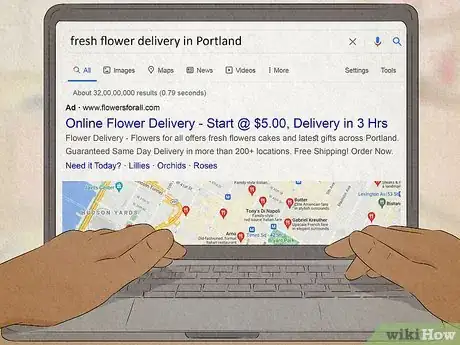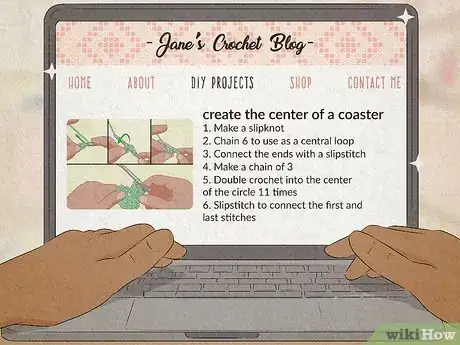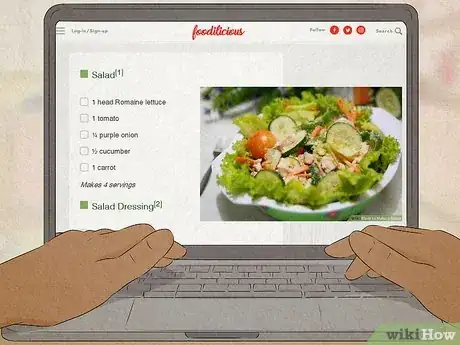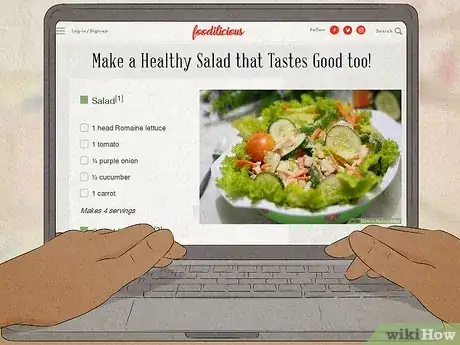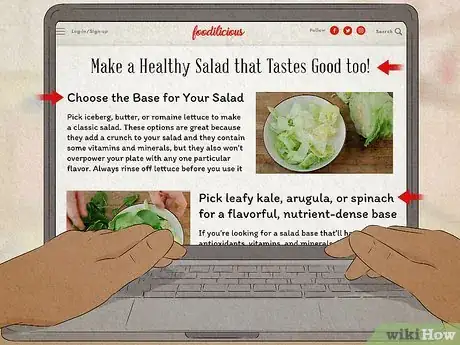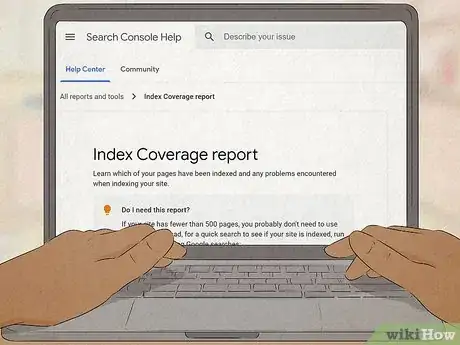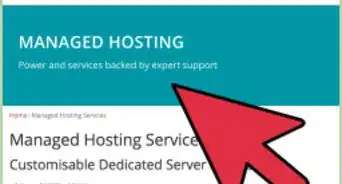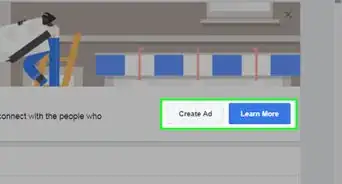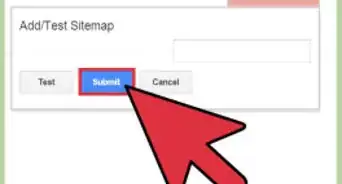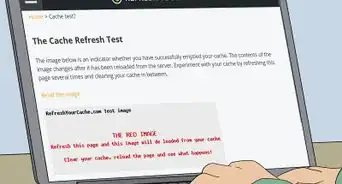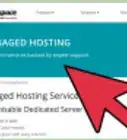This article was co-authored by Imran Alavi and by wikiHow staff writer, Amber Crain. Imran Alavi is a Marketing & App Development Expert and the CEO of Proleadsoft, a Digital Marketing and App Development firm based in San Francisco, CA. With over 10 years of experience, he specializes in Web Design, Search Engine Optimization (SEO), Search Engine Marketing (Google, Facebook, LinkedIn AdWords), App Development, and Software strategies for businesses. Imran holds a BS in Computer Science from the National University of Computer and Emerging Sciences, an MS in Computer Science from San Francisco State University, and has completed Stanford University Continuing Studies courses in Business, Marketing, and Communication.
There are 18 references cited in this article, which can be found at the bottom of the page.
wikiHow marks an article as reader-approved once it receives enough positive feedback. In this case, several readers have written to tell us that this article was helpful to them, earning it our reader-approved status.
This article has been viewed 73,594 times.
Search Engine Optimization is a powerful way to improve your website's ranking in search results. Higher ranking boosts visibility, ensures you show up to the right audience, and increases your website's traffic. There are many ways to optimize your site—where do you begin? Don't worry, we're going to walk you through the most effective strategies so you can start incorporating them today!
Steps
Community Q&A
-
QuestionWhat is sitemapping?
 Wiki How To Do ItCommunity AnswerA sitemap is a file where you can list the web pages of your site to tell Google and other search engines about the organization of your site content. Search engine web crawlers like Googlebot read this file to more intelligently crawl your site.
Wiki How To Do ItCommunity AnswerA sitemap is a file where you can list the web pages of your site to tell Google and other search engines about the organization of your site content. Search engine web crawlers like Googlebot read this file to more intelligently crawl your site. -
QuestionCan you explain more on backlinks and what its damage it could cause to SEO?
 LucyorloskiCommunity AnswerIf you have backlinks from a well-reputed website having higher DA and PA, then your website can have benefit from that link. Quality backlinks will help you to increase visibility on a search engine and gain more traffic to your website. Links from sites with poor reputations, or links created in unnatural ways can lead to SEO penalties.
LucyorloskiCommunity AnswerIf you have backlinks from a well-reputed website having higher DA and PA, then your website can have benefit from that link. Quality backlinks will help you to increase visibility on a search engine and gain more traffic to your website. Links from sites with poor reputations, or links created in unnatural ways can lead to SEO penalties. -
QuestionHow do I submit a sitemap on the webmaster tool?
 Community AnswerVerify your site on Google Search console. On the left sidebar, expand the drop-down menu "Crawl", then you'll find "Sitemaps". Click on sitemaps, there you'll see an input box for the sitemap link. Input the sitemap link here.
Community AnswerVerify your site on Google Search console. On the left sidebar, expand the drop-down menu "Crawl", then you'll find "Sitemaps". Click on sitemaps, there you'll see an input box for the sitemap link. Input the sitemap link here.
References
- ↑ https://business.gov.au/online/business-website/how-to-improve-your-search-engine-rankings
- ↑ https://support.google.com/google-ads/answer/7337243?hl=en
- ↑ https://www.snhu.edu/about-us/newsroom/2017/11/types-of-digital-marketing
- ↑ https://developers.google.com/search/docs/beginner/seo-starter-guide
- ↑ https://business.gov.au/online/business-website/how-to-improve-your-search-engine-rankings
- ↑ https://developers.google.com/search/docs/beginner/seo-starter-guide
- ↑ https://developers.google.com/search/docs/beginner/seo-starter-guide
- ↑ https://www.utoledo.edu/offices/marketing/toolkit/web/seo-overview.html
- ↑ https://www.usa.gov/style-guide/seo
- ↑ https://www.searchenginejournal.com/link-building-guide/sustainable/#close
- ↑ https://developers.google.com/search/docs/beginner/seo-starter-guide
- ↑ https://developer.mozilla.org/en-US/docs/Learn/CSS/CSS_layout/Responsive_Design
- ↑ https://developers.google.com/search/mobile-sites/mobile-seo/dynamic-serving
- ↑ https://www.snhu.edu/about-us/newsroom/2017/11/types-of-digital-marketing
- ↑ Imran Alavi. Marketing Expert. Expert Interview. 31 March 2021.
- ↑ https://guides.service.gov.au/content-strategy/search-engine-optimisation/on-page-seo/
- ↑ https://www.esc.edu/its/web-standards/site-standards/search-optimization/title-bars,-page-titles-and-urls/
- ↑ https://guides.service.gov.au/content-strategy/search-engine-optimisation/on-page-seo/
- ↑ https://guides.service.gov.au/content-strategy/search-engine-optimisation/on-page-seo/
- ↑ https://www.stylemanual.gov.au/format-writing-and-structure/structure/headings
- ↑ https://guides.service.gov.au/content-strategy/search-engine-optimisation/on-page-seo/
- ↑ https://www.utoledo.edu/offices/marketing/toolkit/web/seo-overview.html
- ↑ https://search.gov/manual/sitemaps.html
- ↑ https://support.google.com/webmasters/answer/7440203?hl=en
- ↑ https://support.google.com/webmasters/answer/9128668?hl=en&visit_id=637618826538653737-105073753&rd=1
About This Article
To use Search Engine Optimization to attract more people to your website, first make sure you write unique, clear titles on each page of your site, since these titles are often what appear in search engines. It’s helpful to choose concise, accurate titles and headers for the best results. You should also brainstorm the most relevant keywords and phrases to use on your website. You can find good keywords that will increase your website traffic by comparing words in Google Adwords, which allows you to see how often people search certain things. However, remember that your content is not just for SEO bots, but for people too, so make sure you’re putting high-quality writing on your website that your audience will enjoy! To learn how to use links on your website to increase your traffic, read on!
